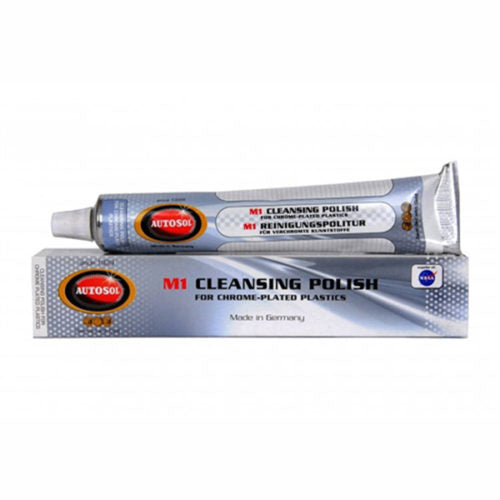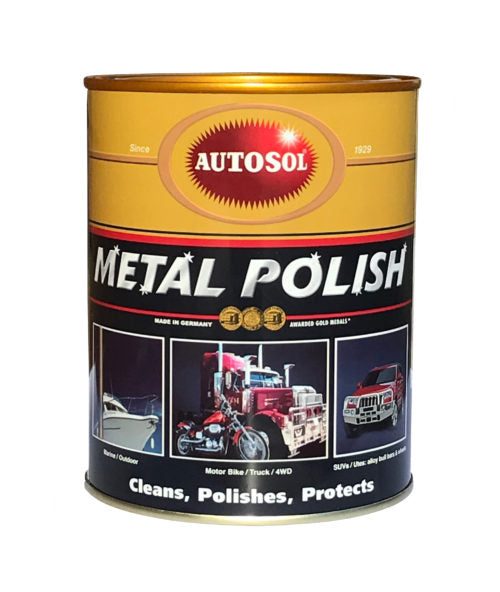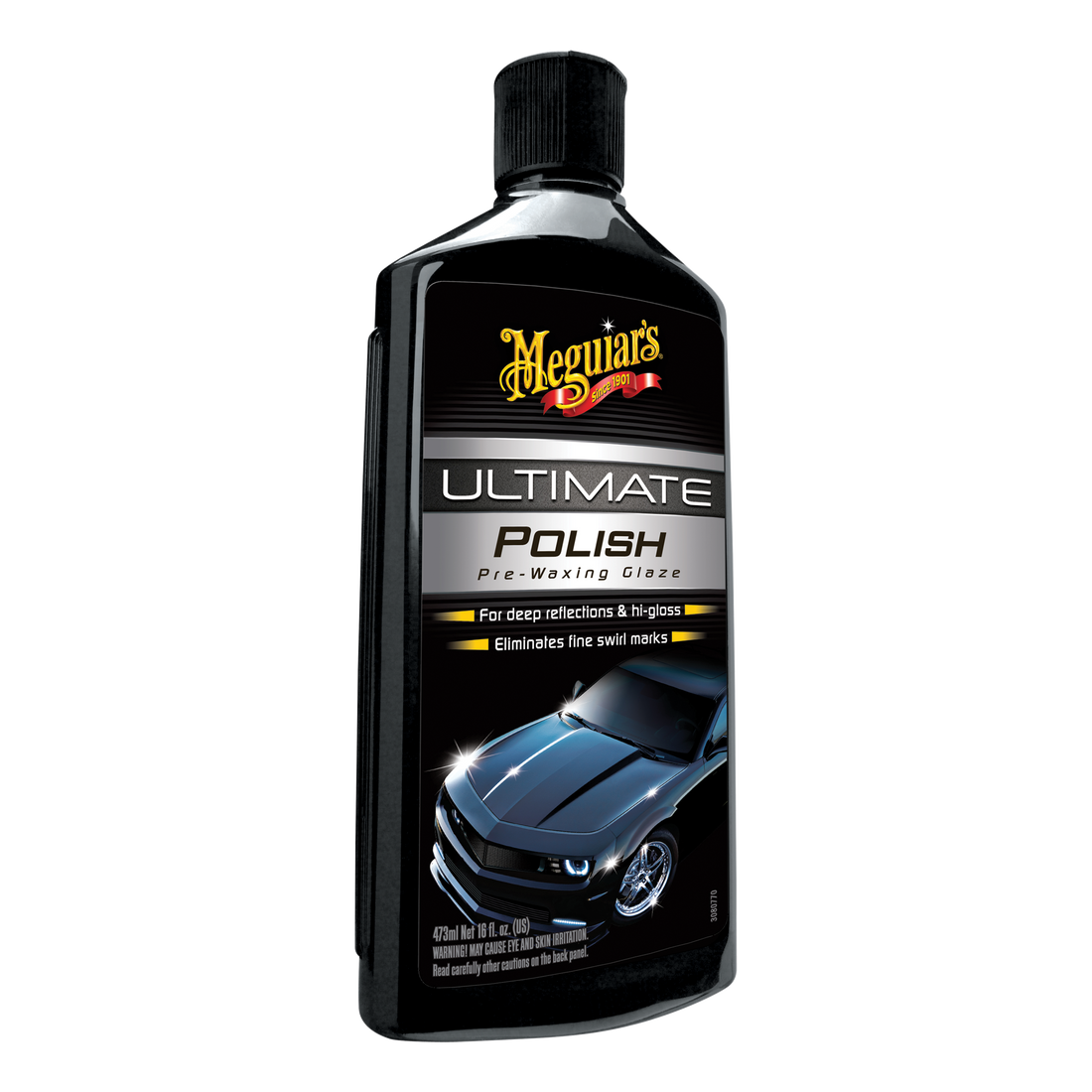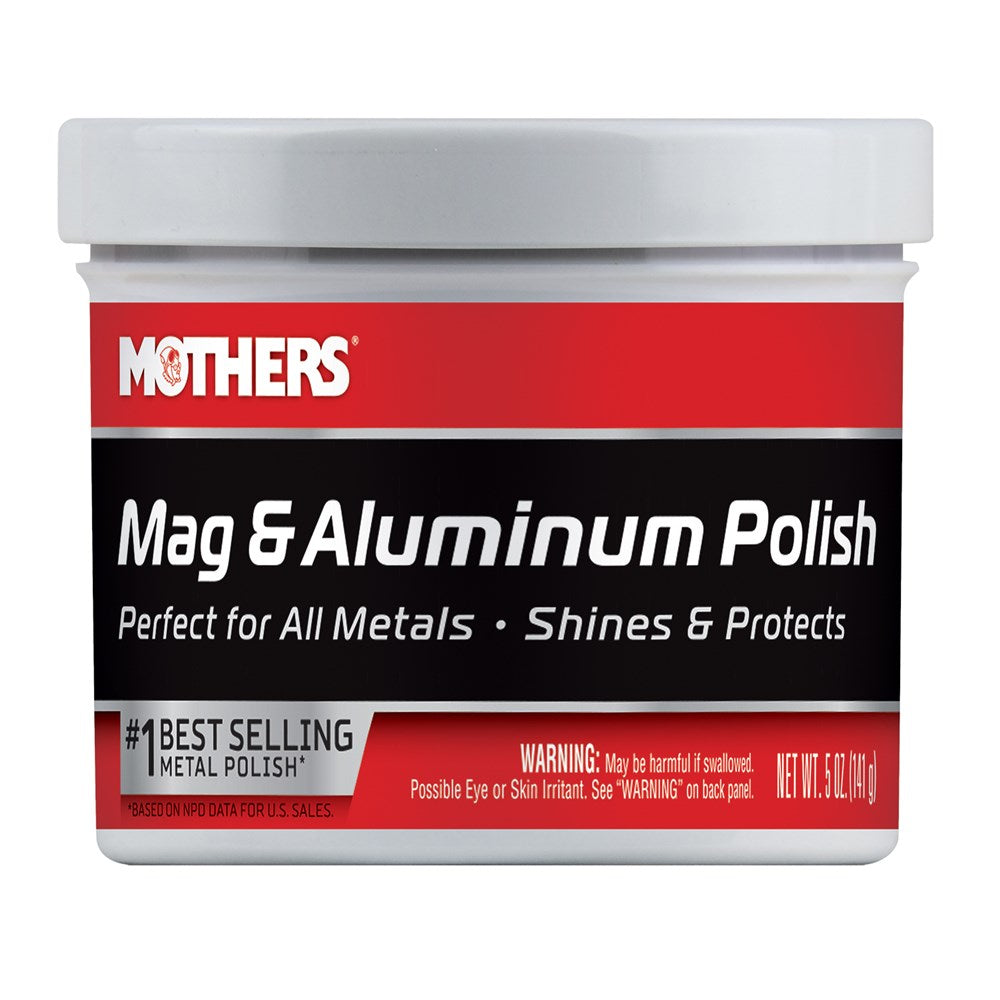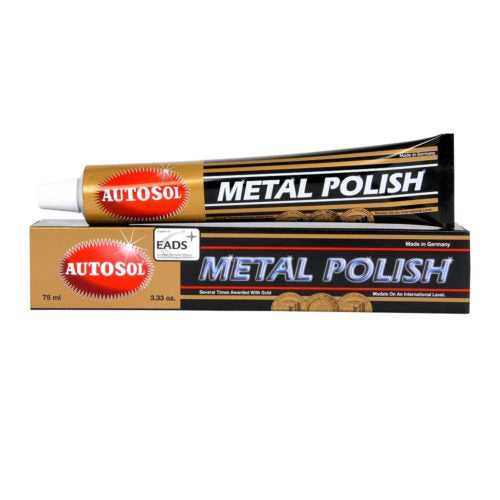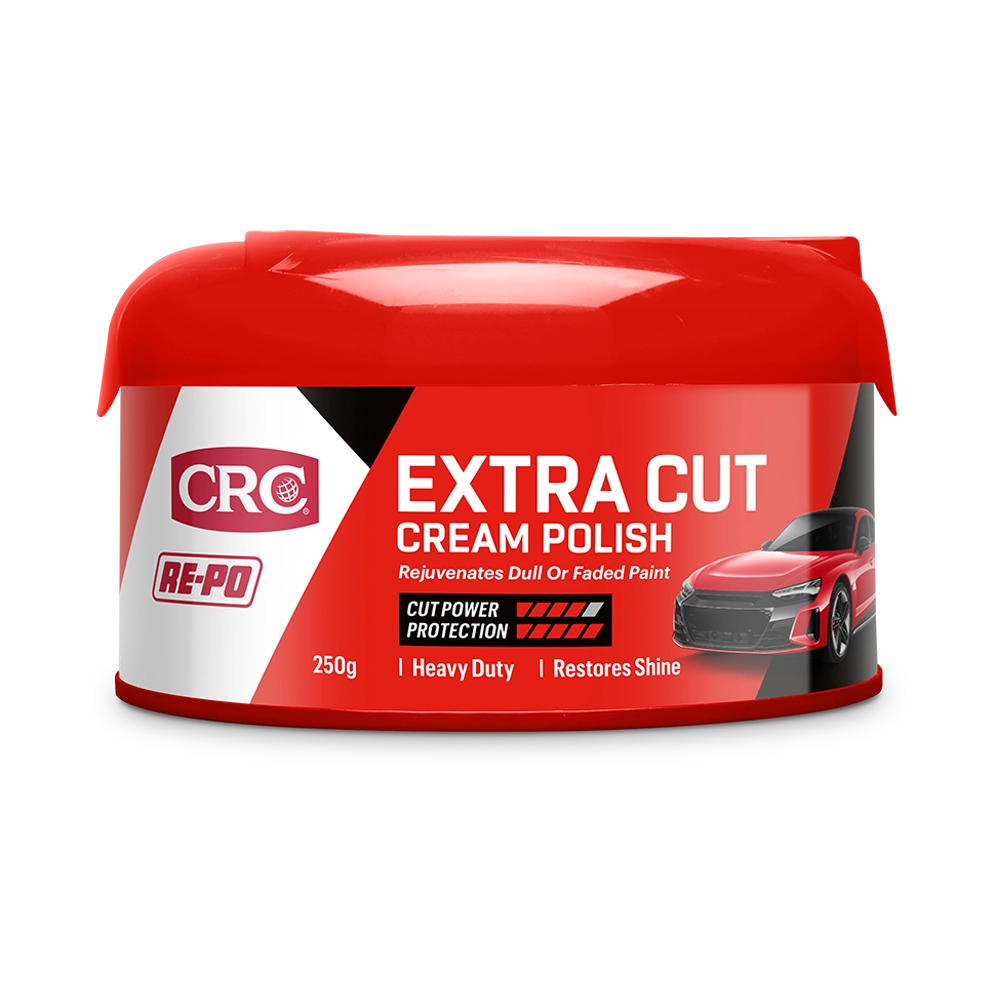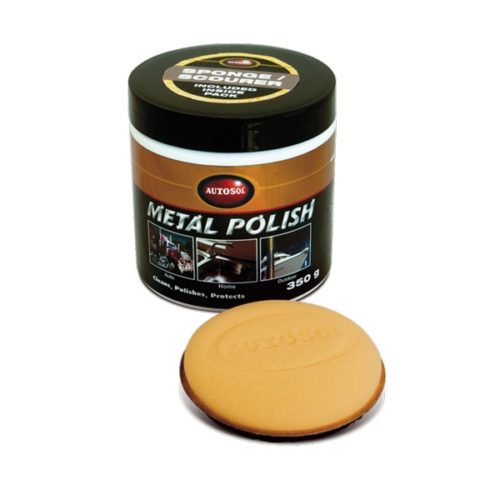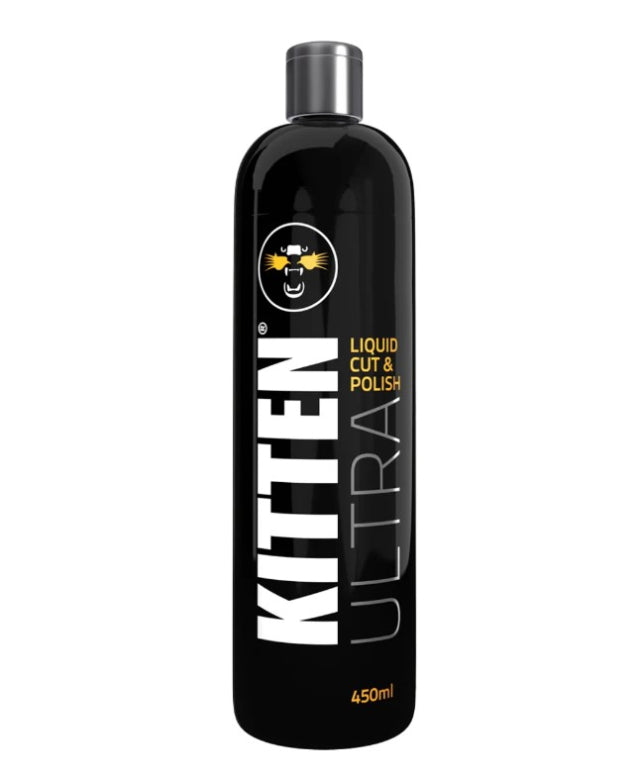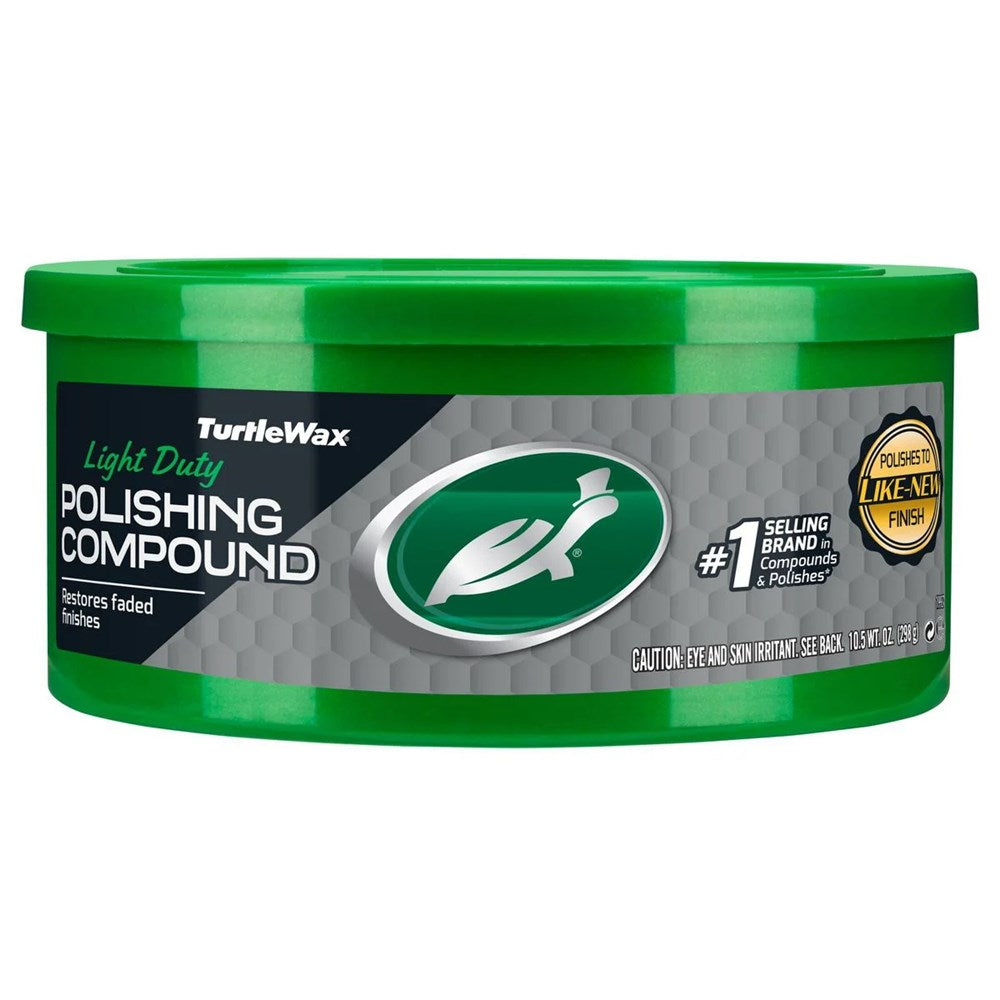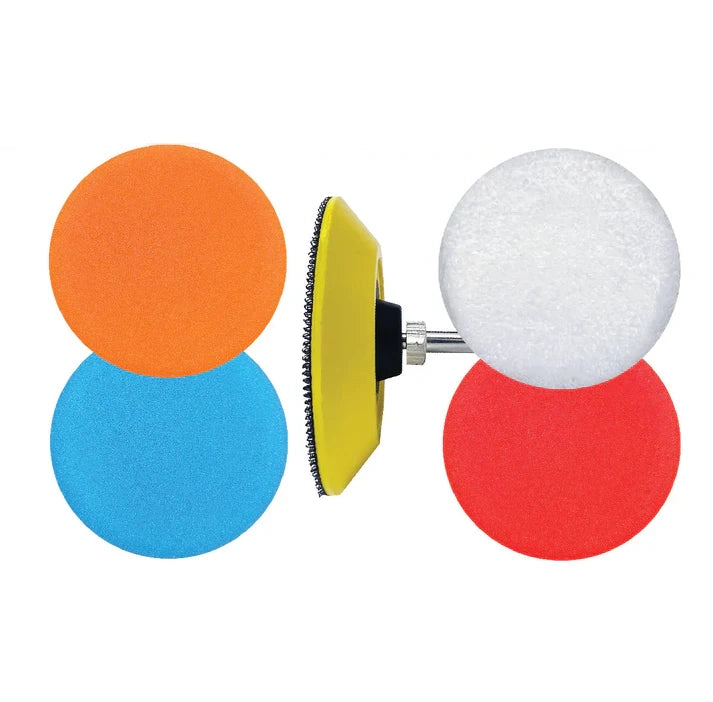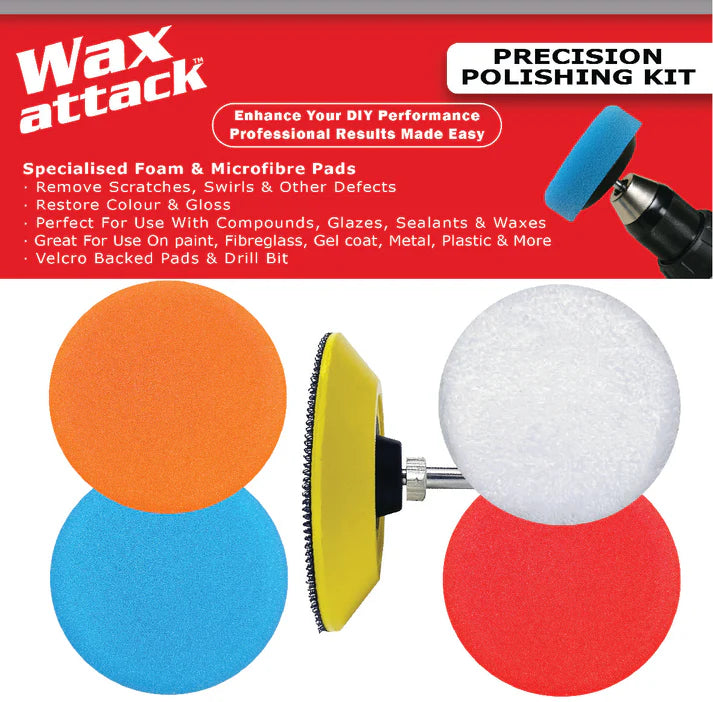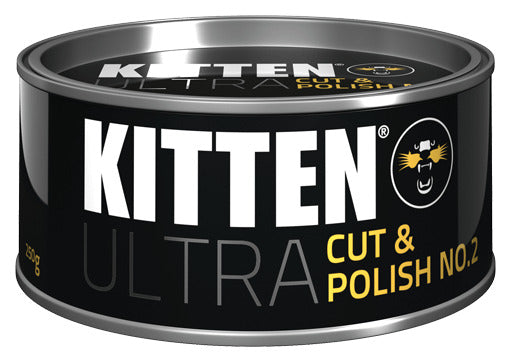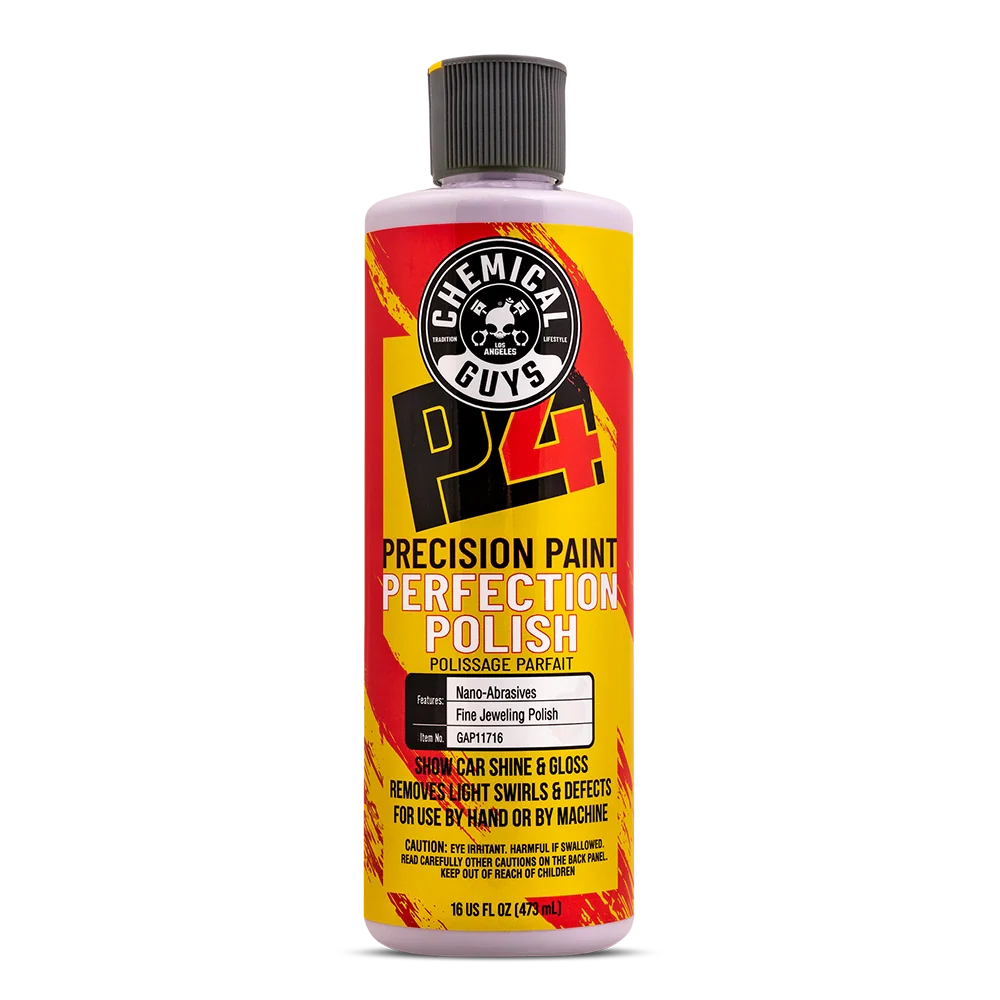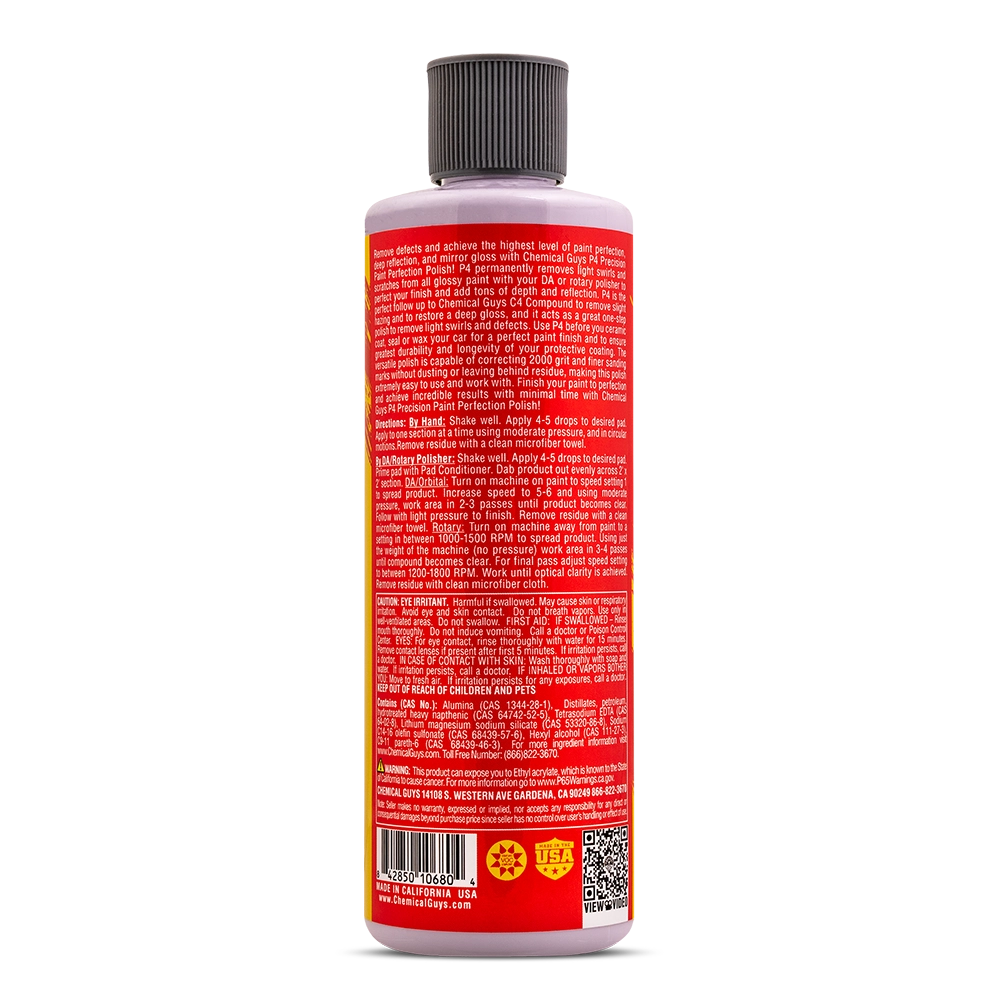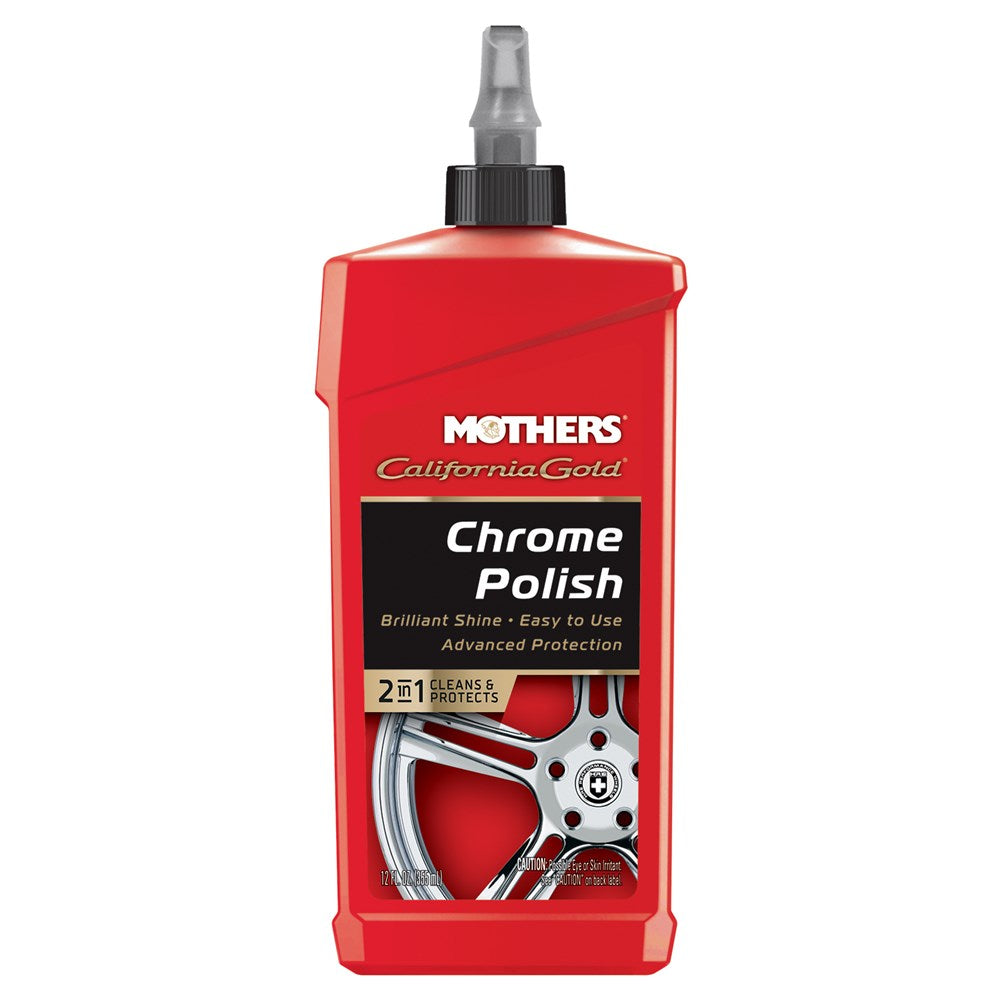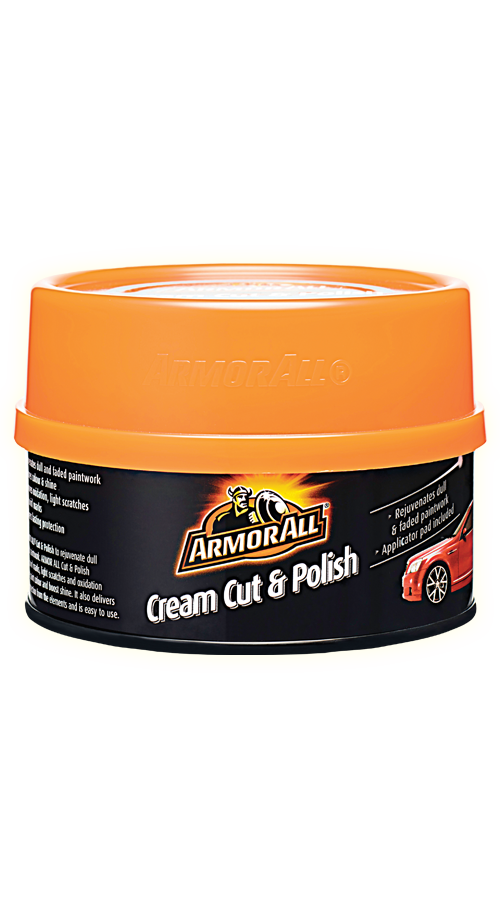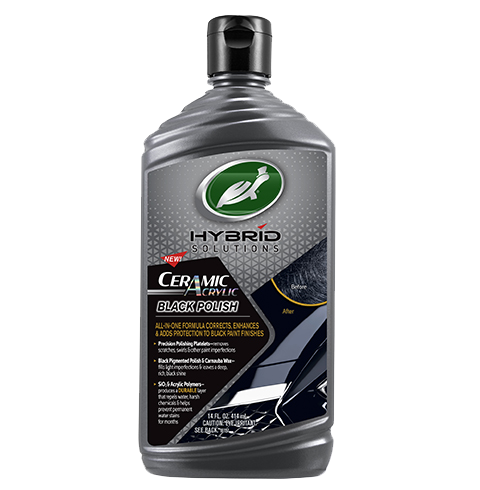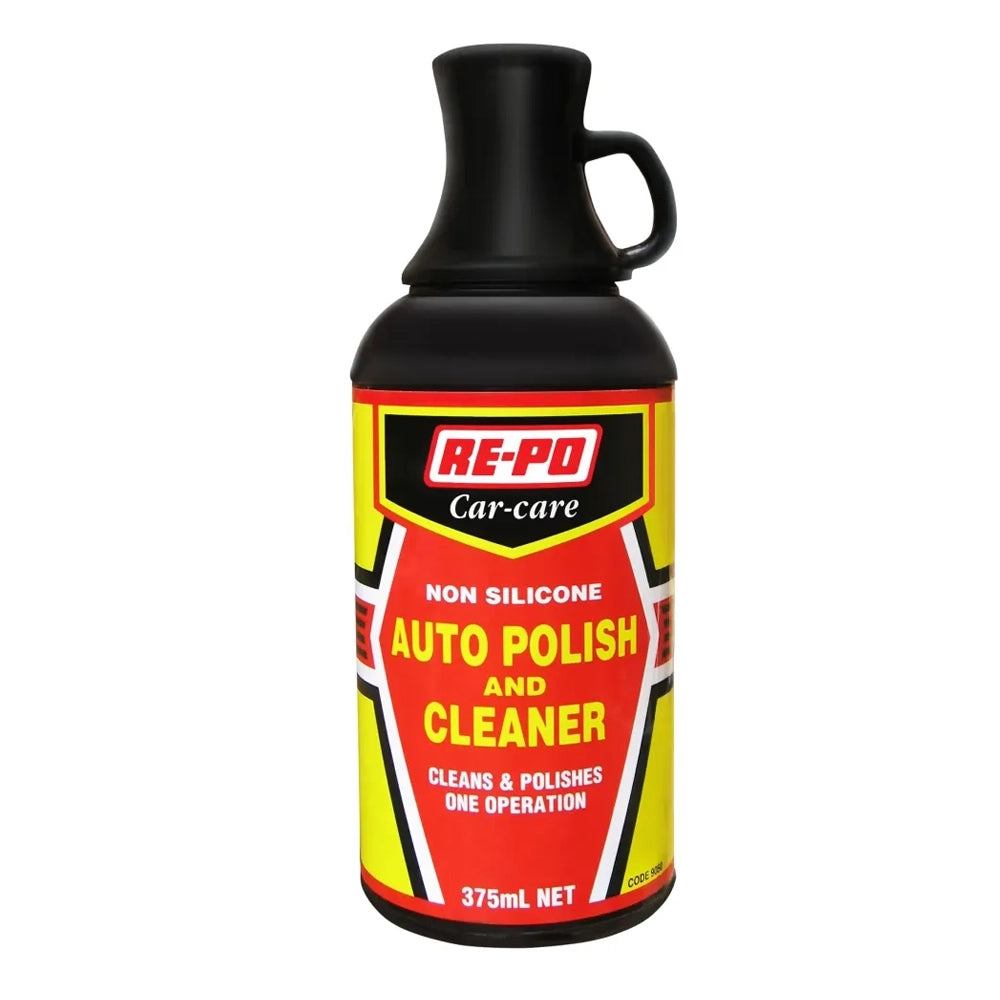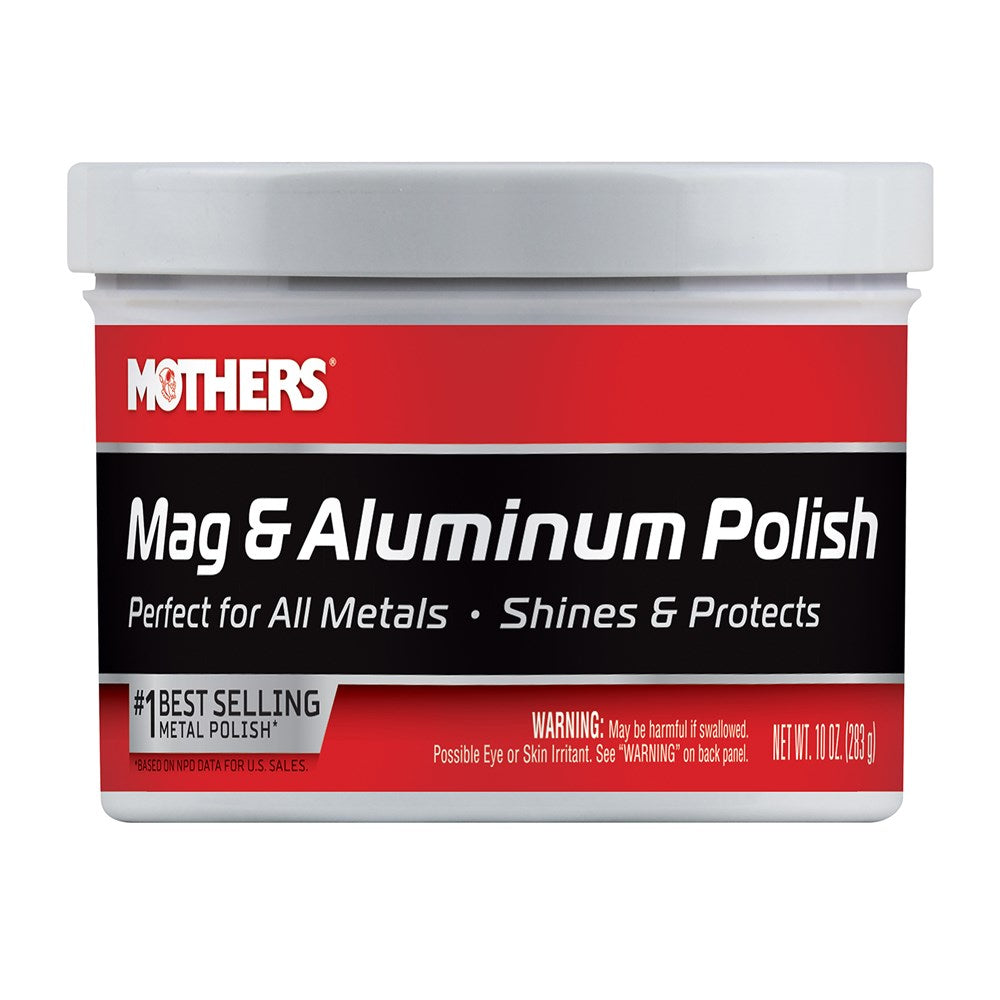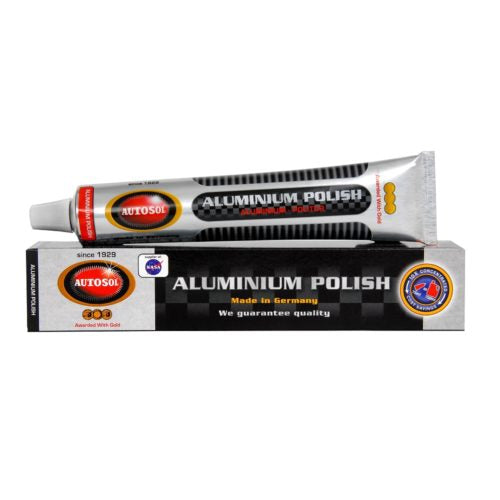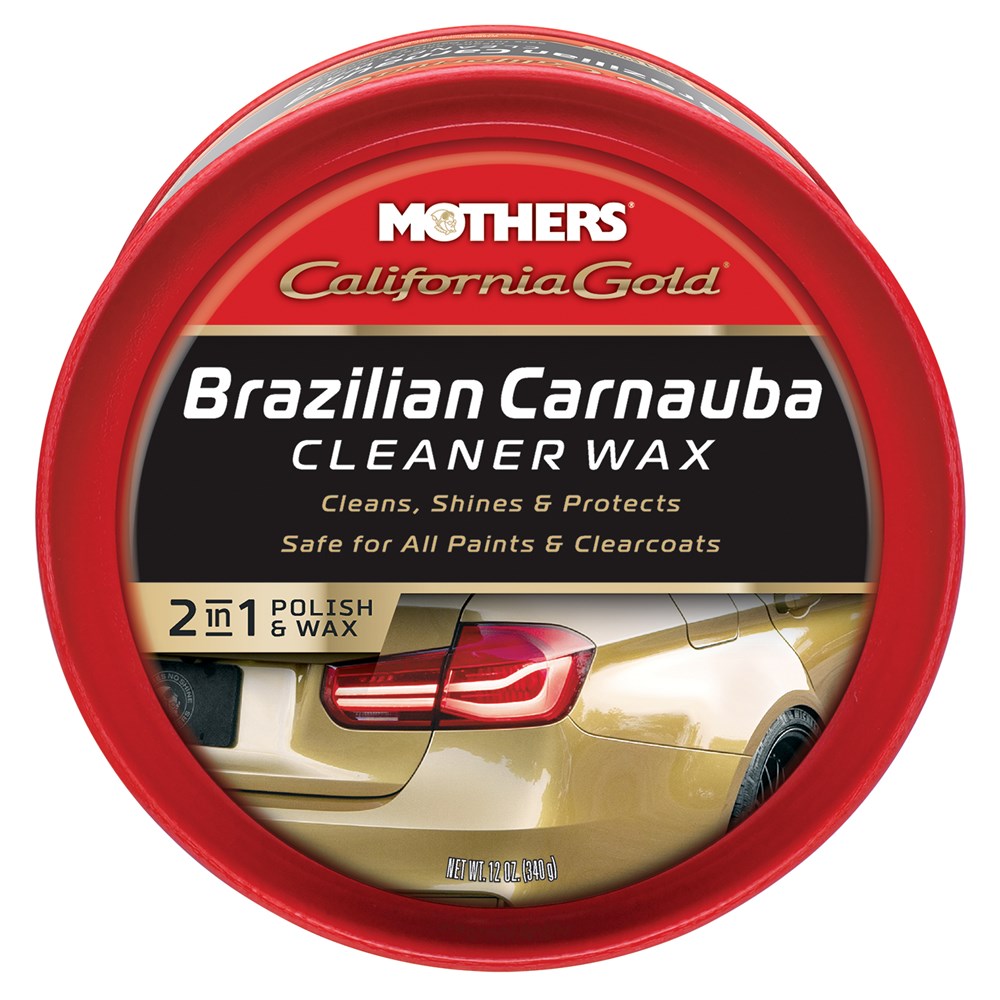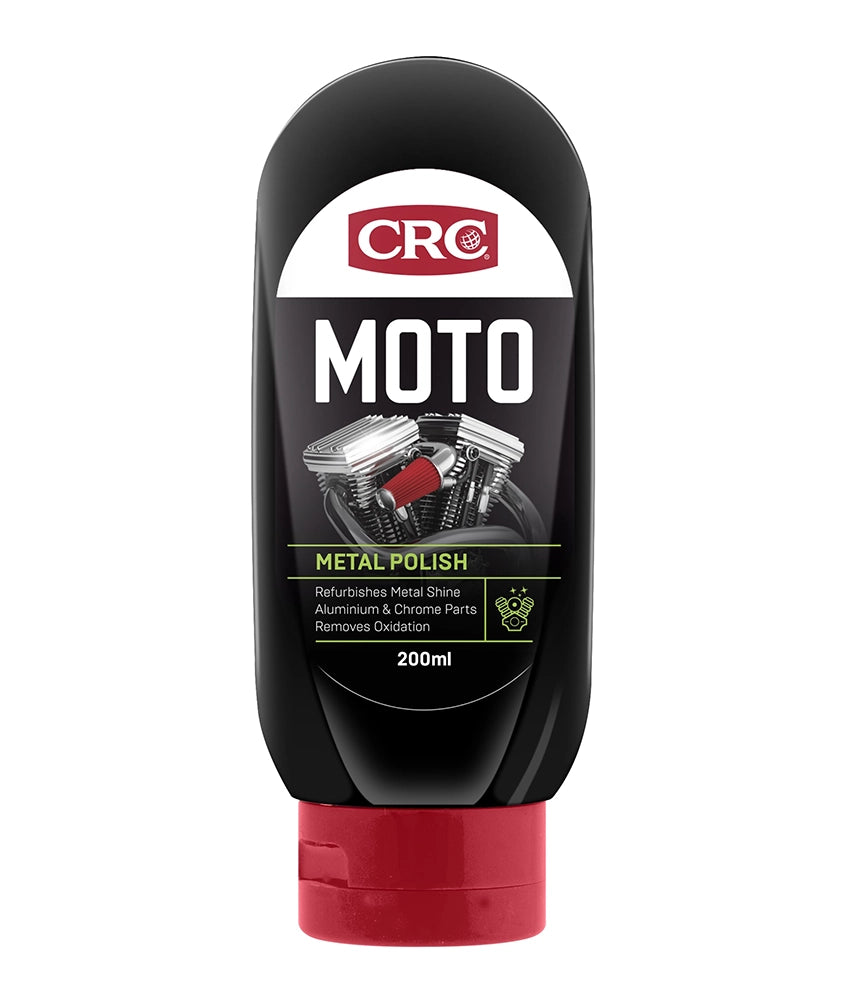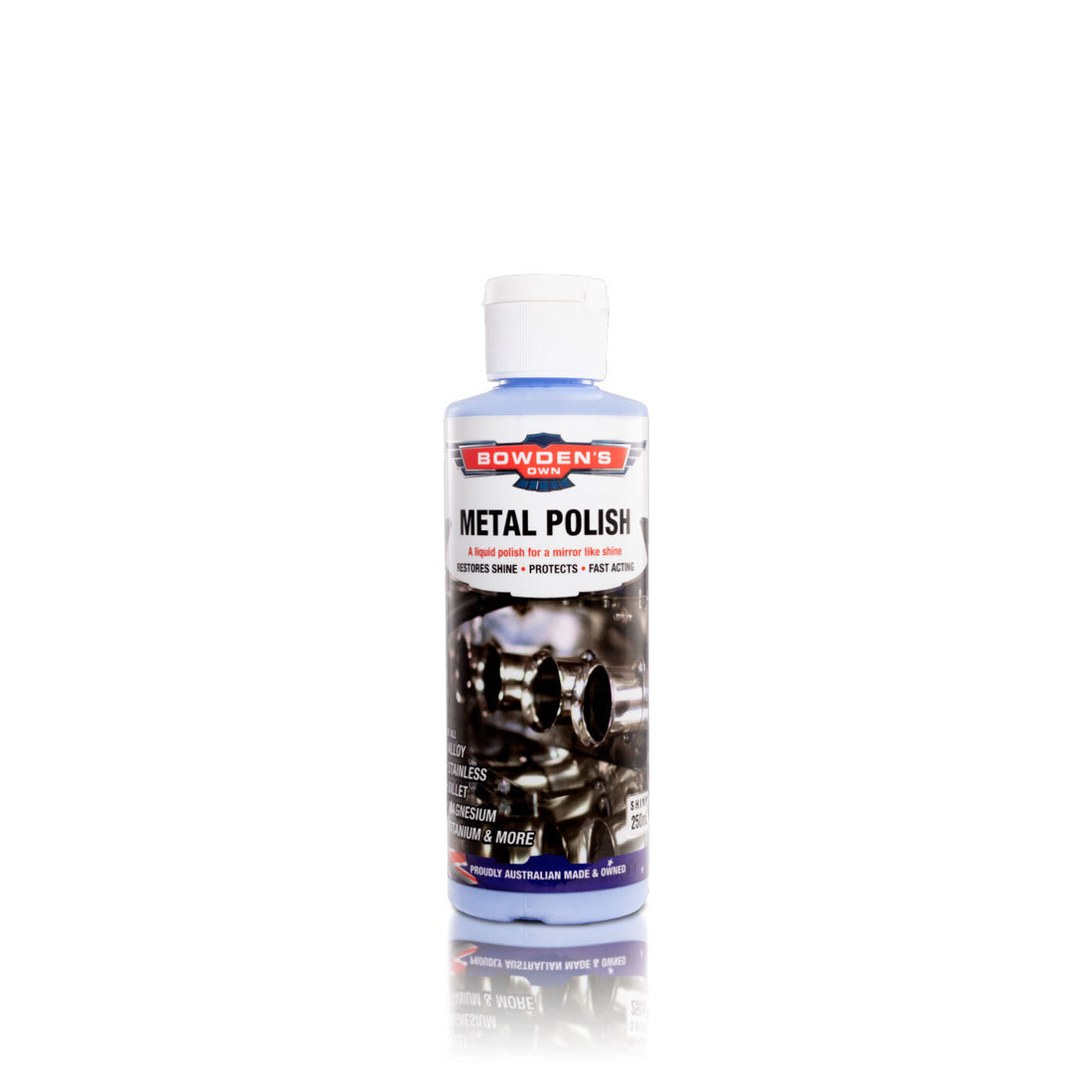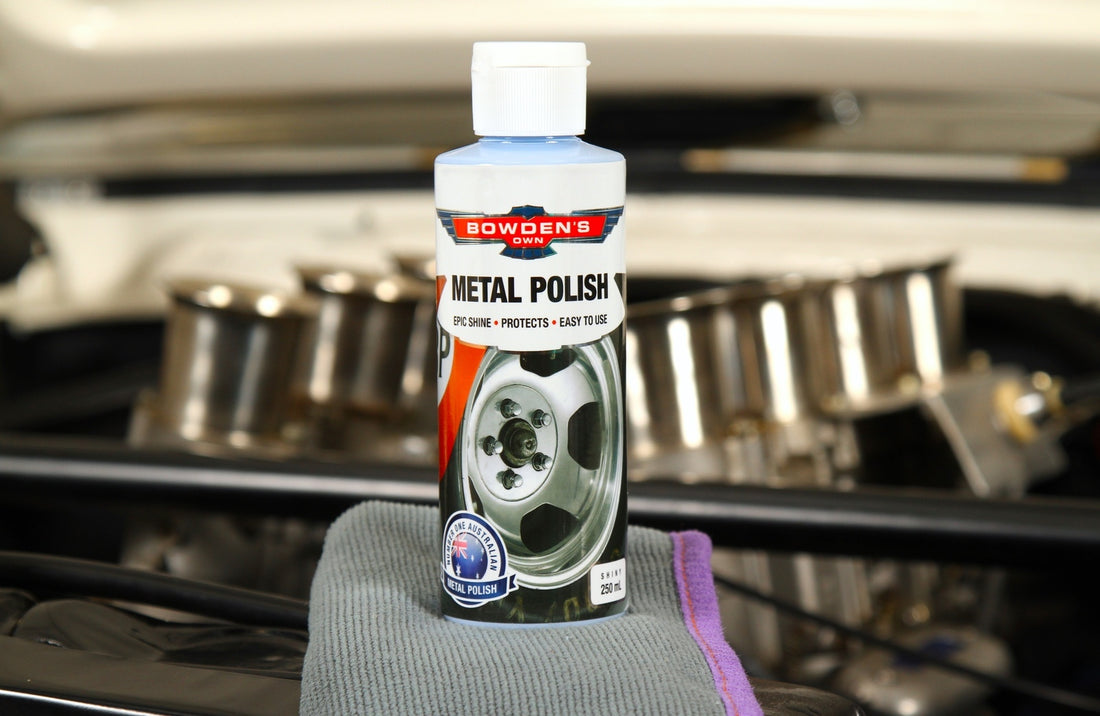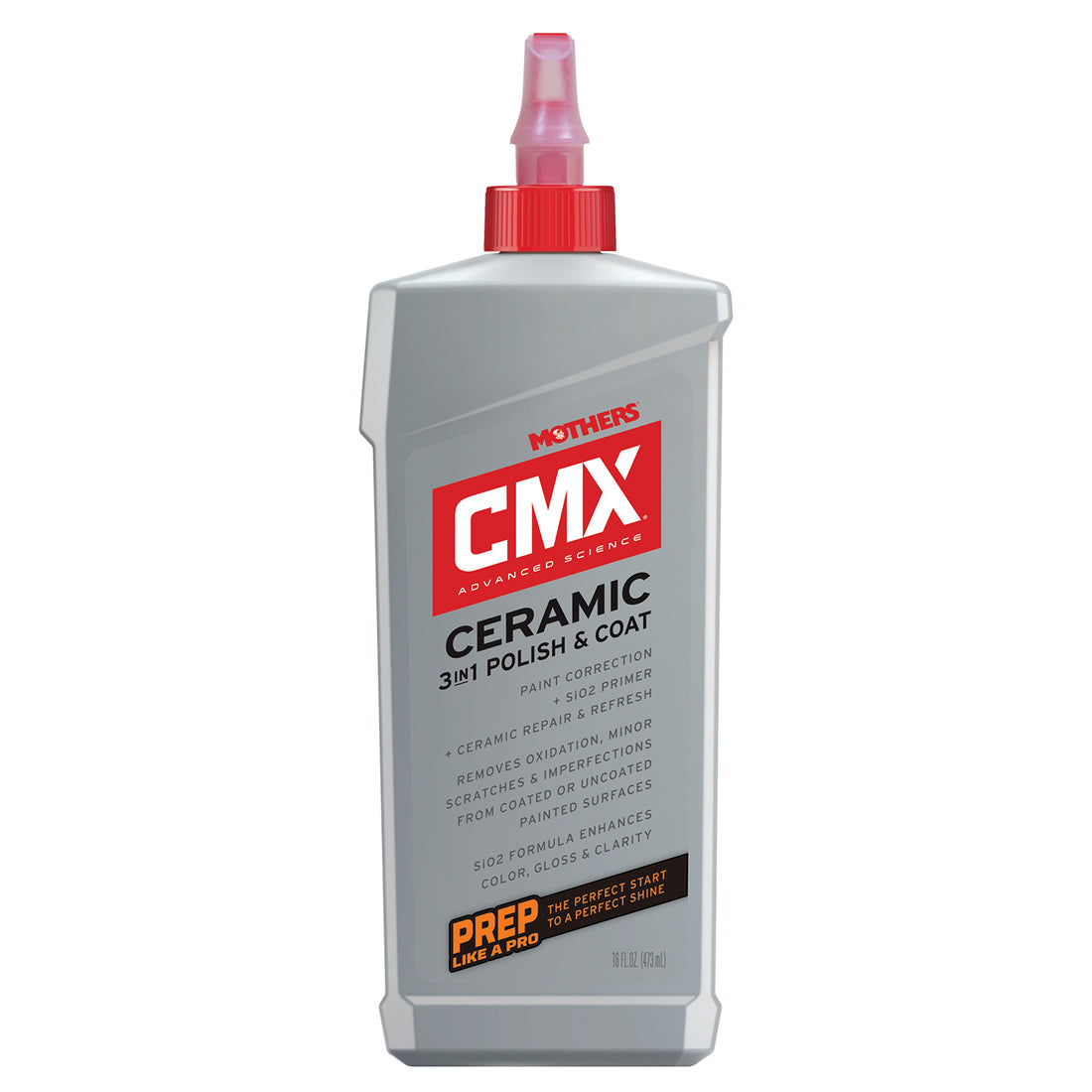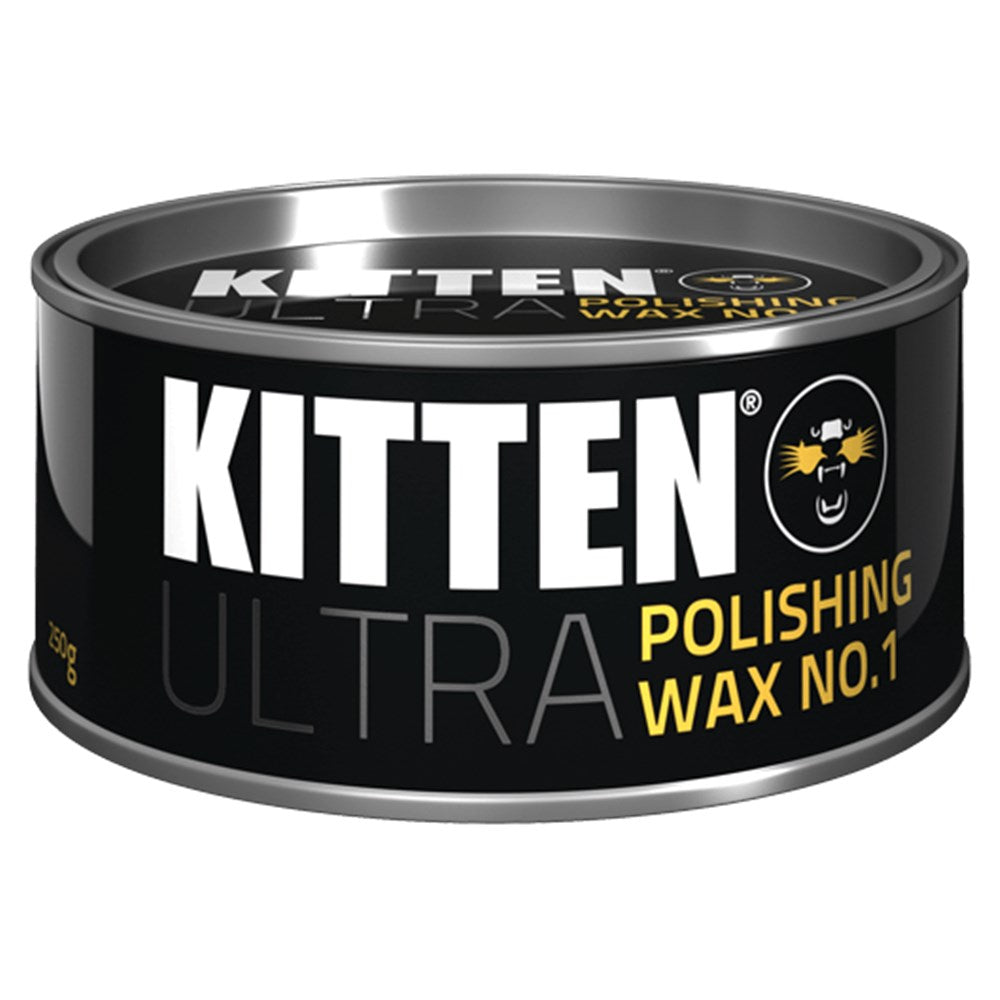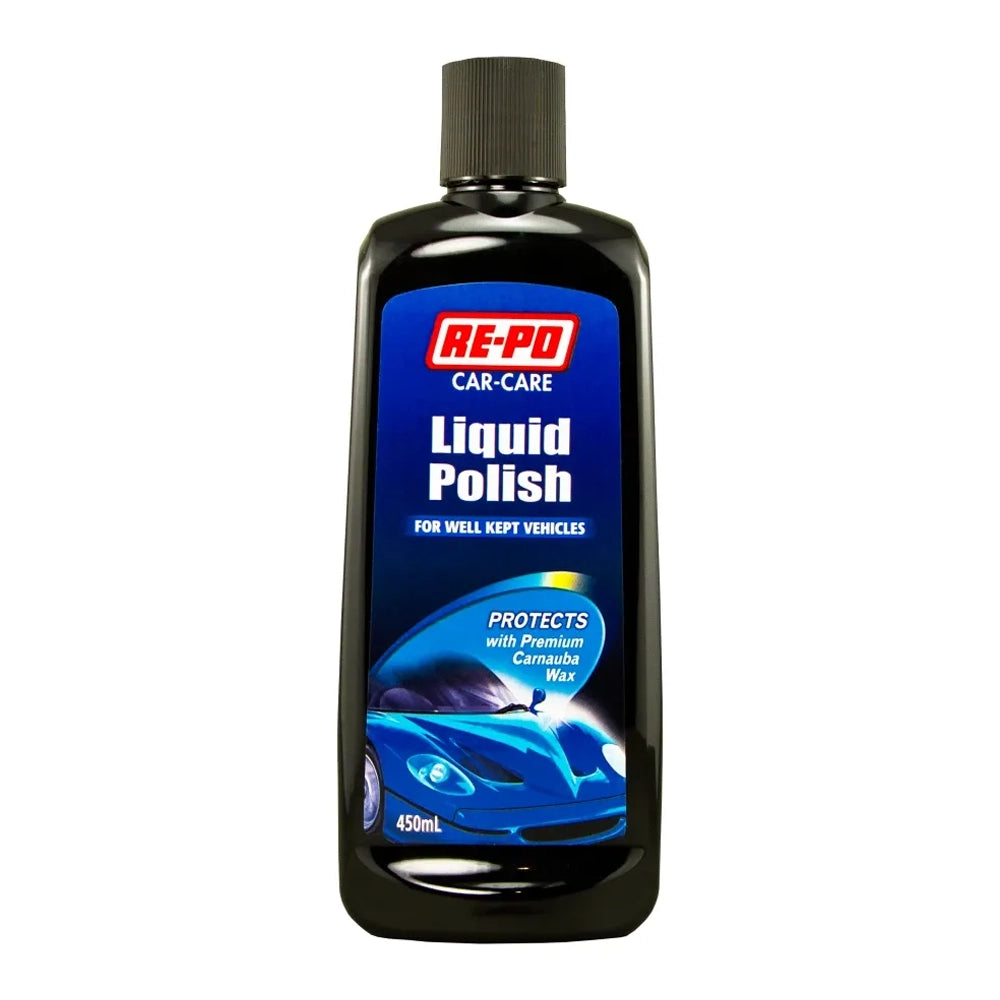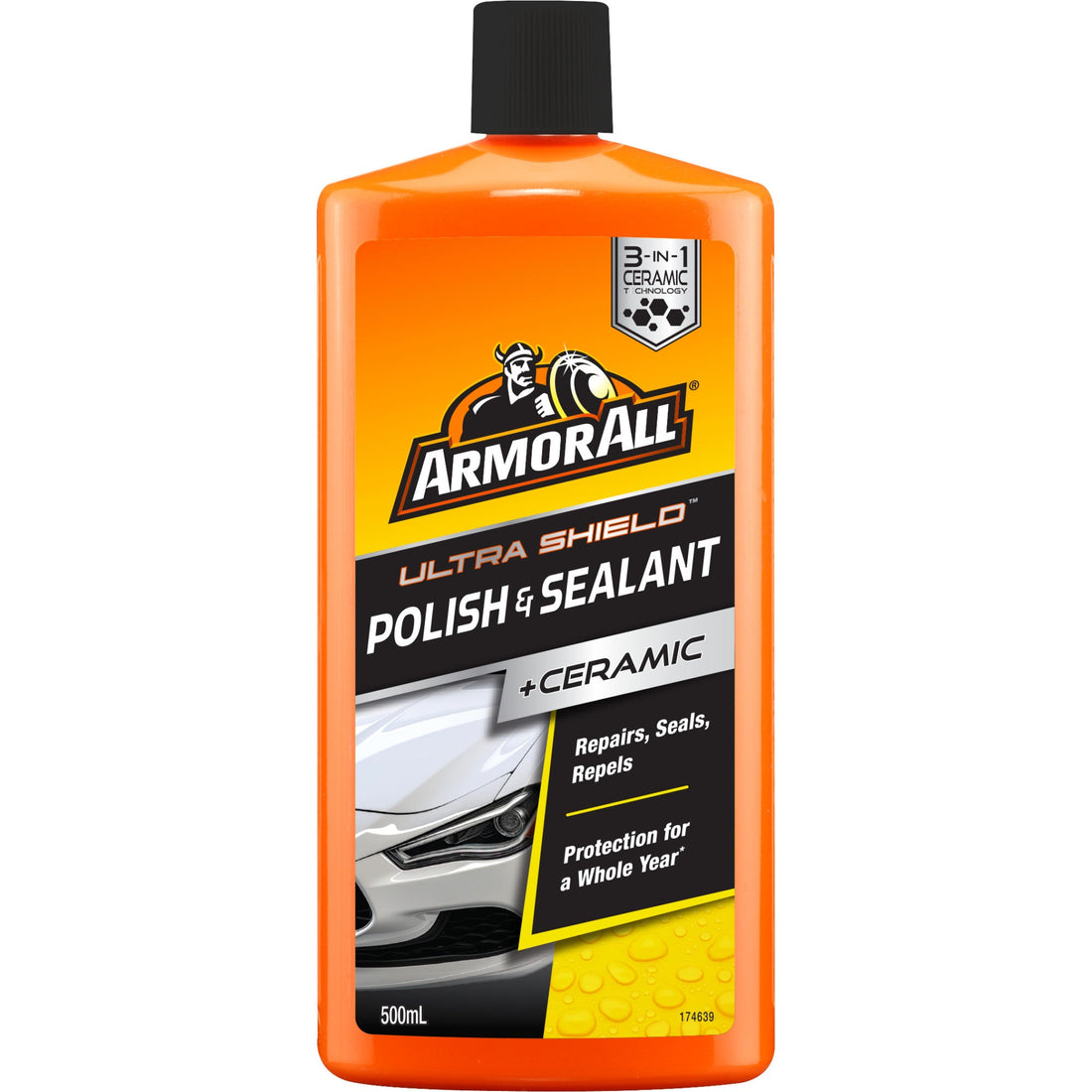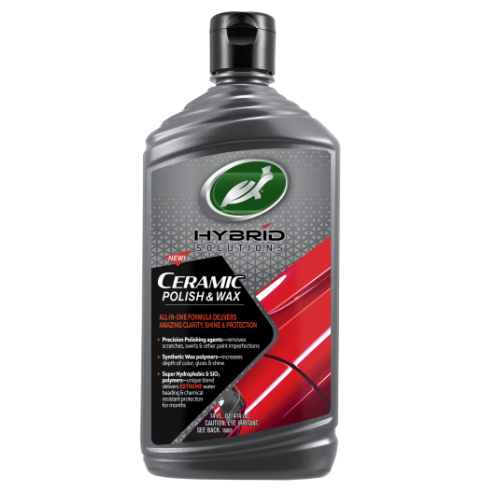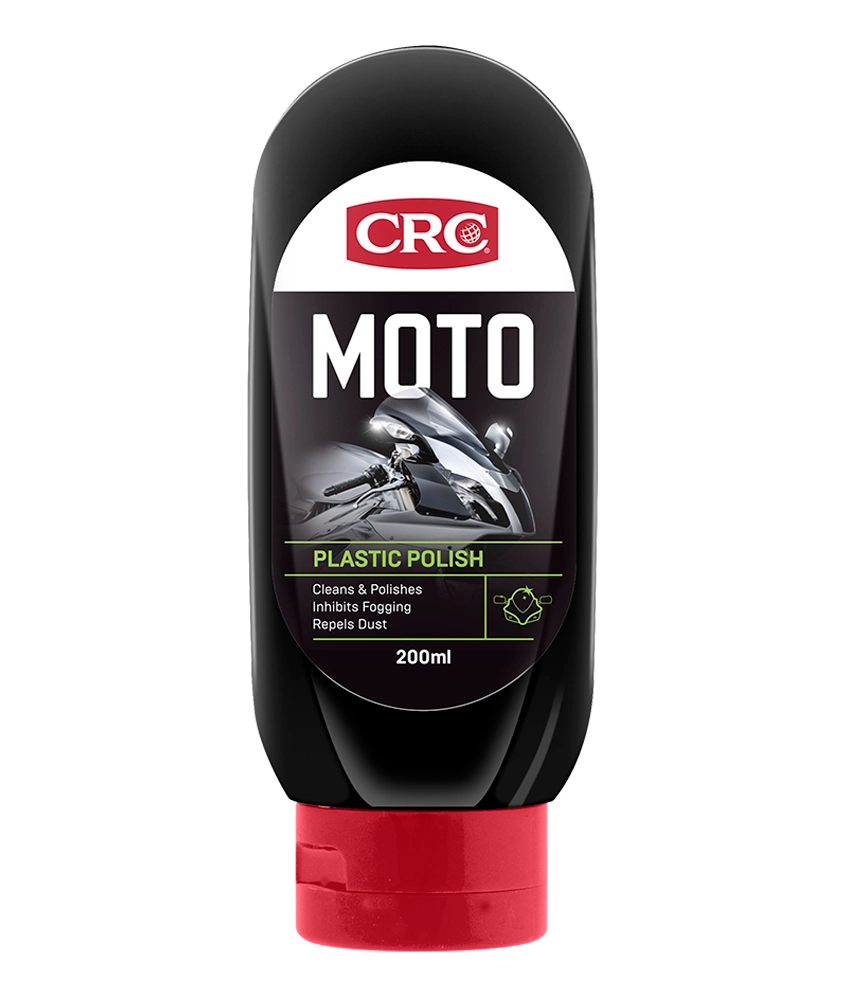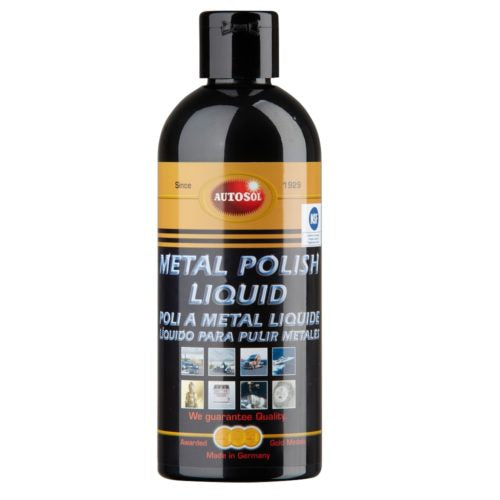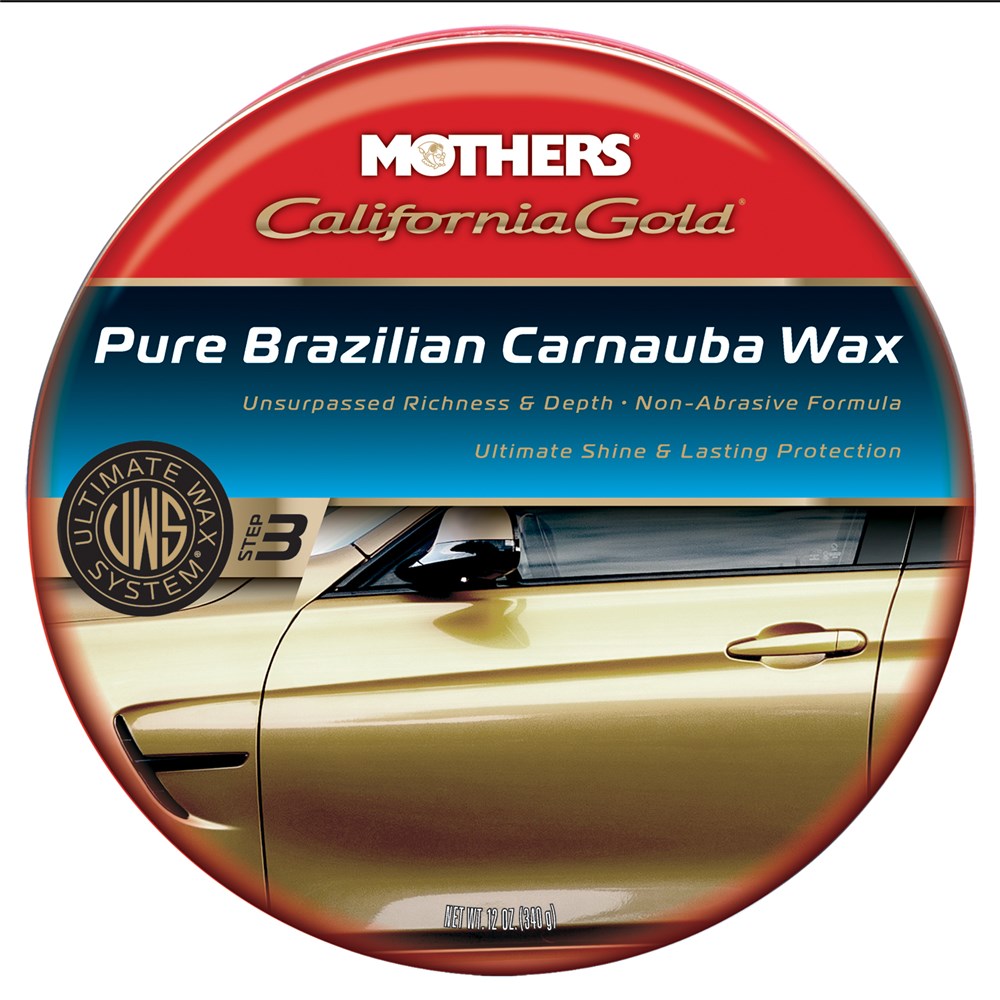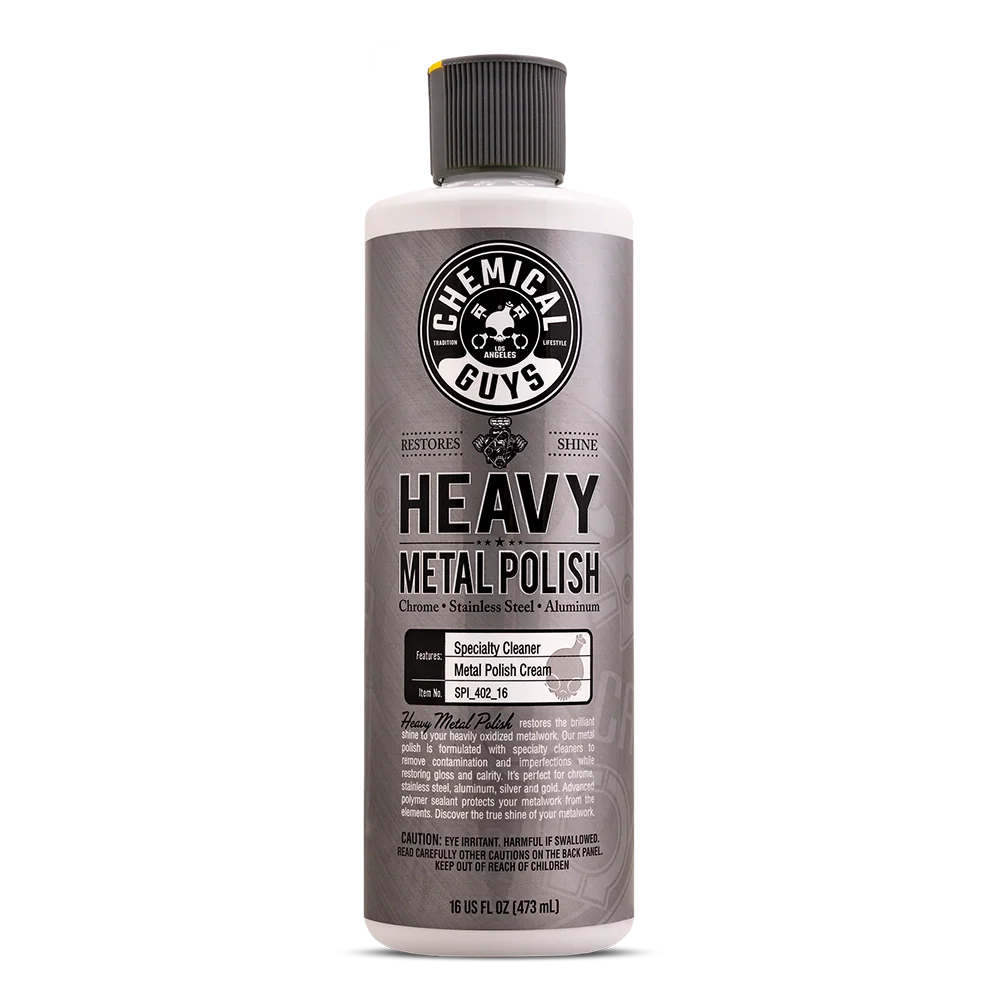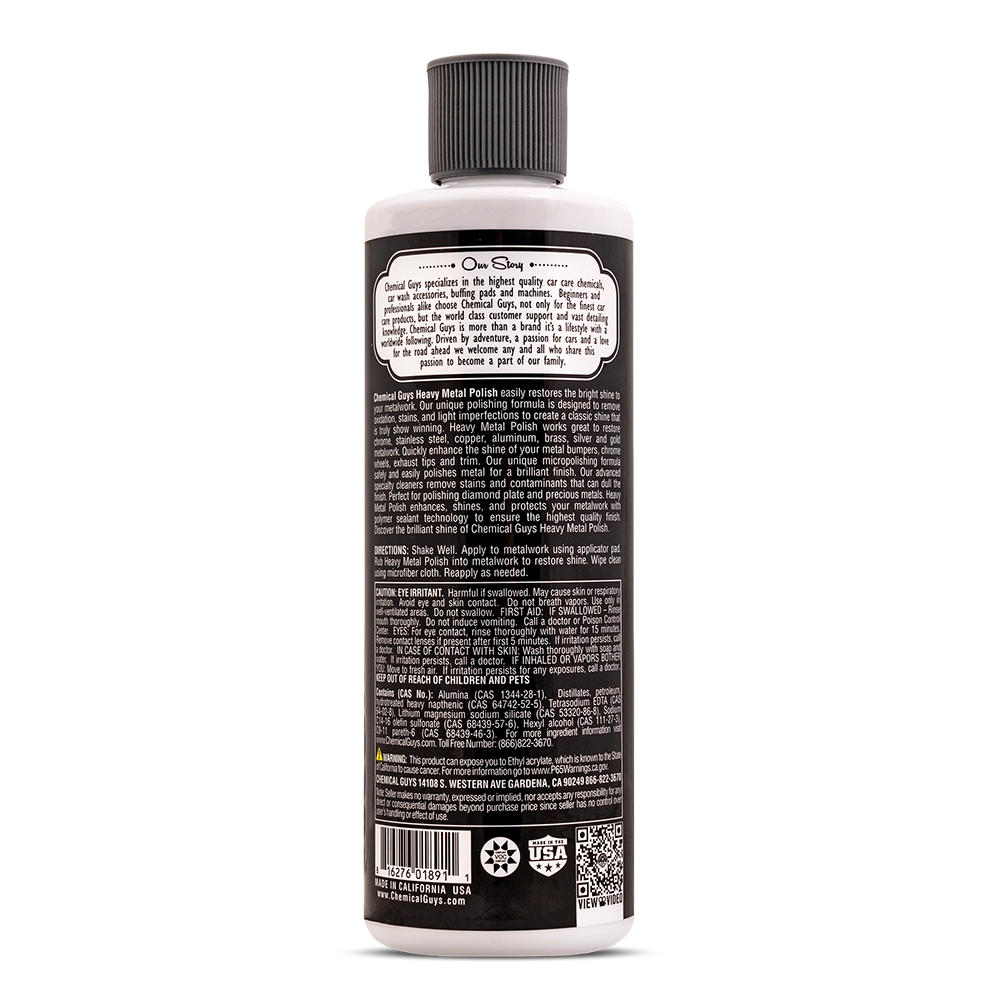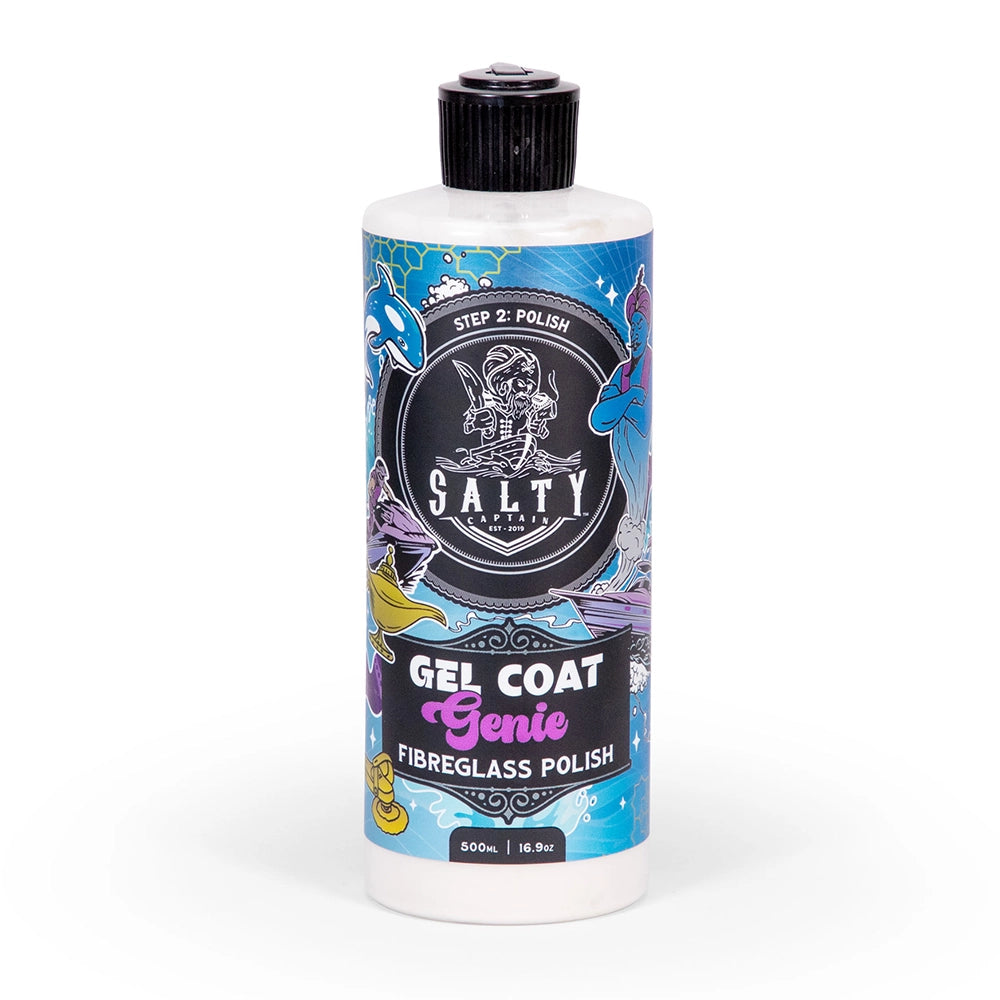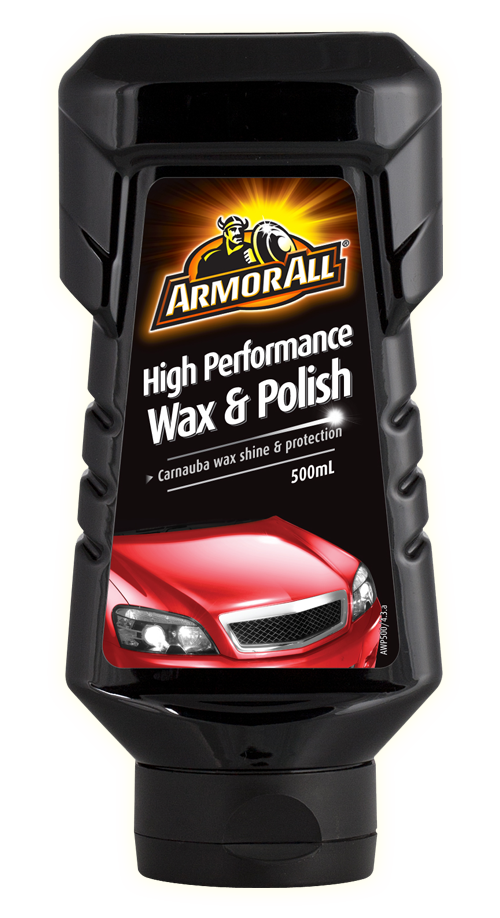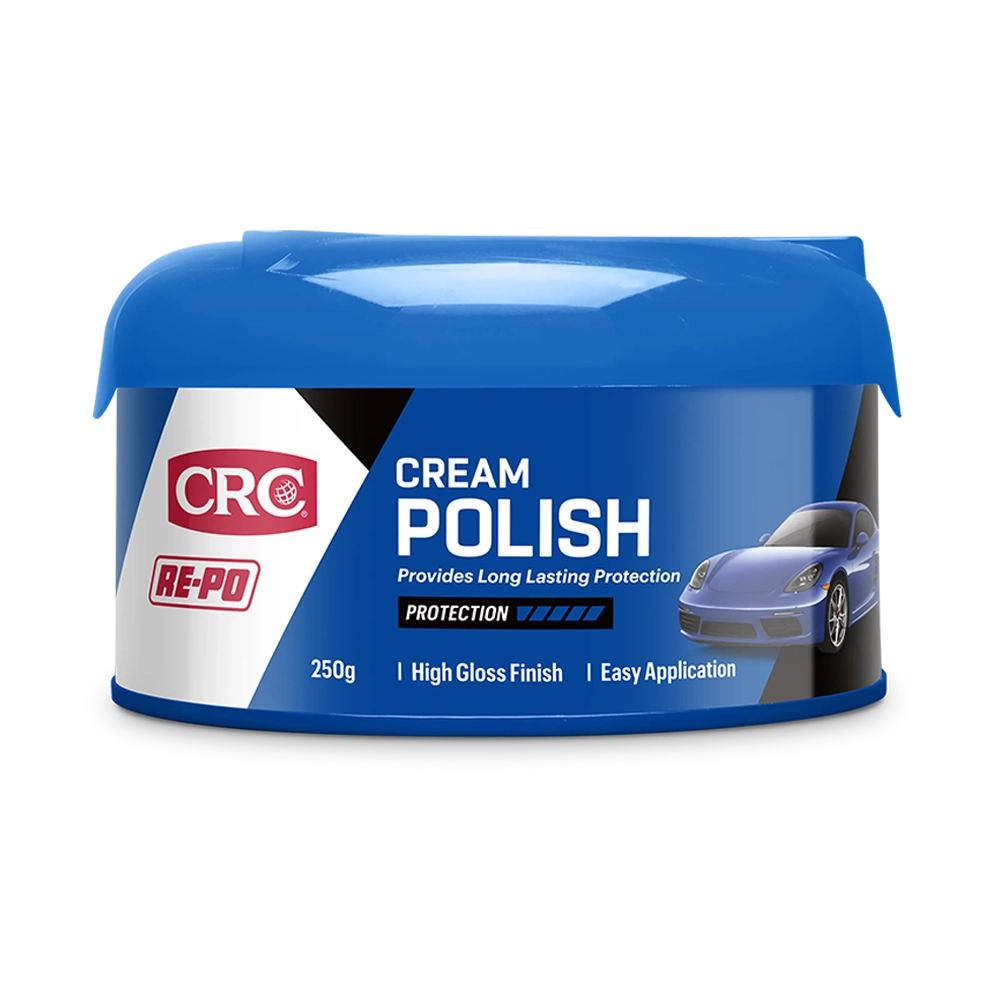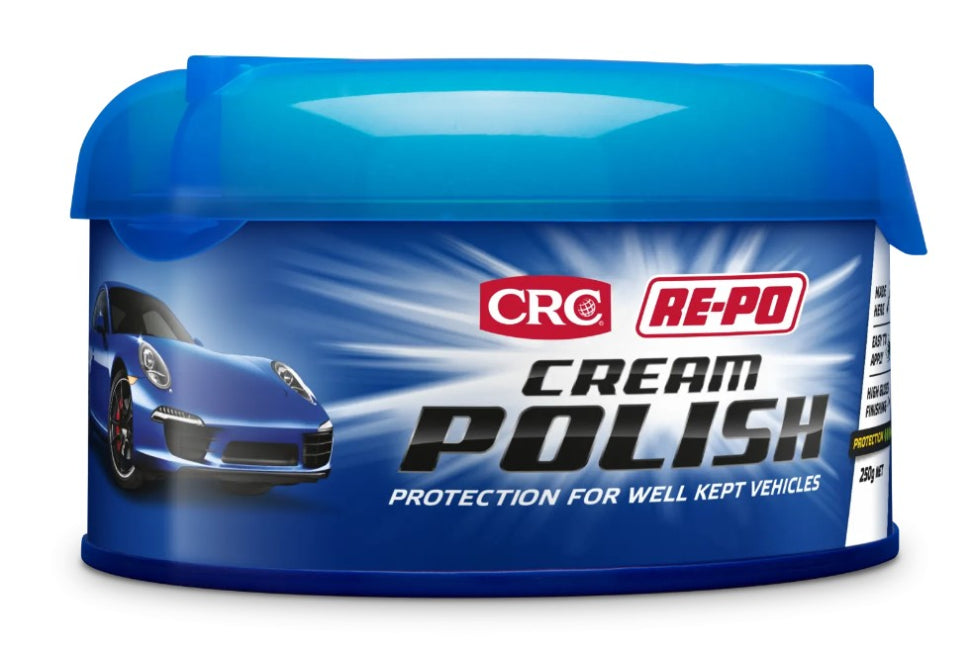Everything You Need to Know About Car Polish
Car polish brings paintwork back to life, smoothing out imperfections, reviving colour, and restoring that deep, glossy finish that turns heads.
At Auto One, you’ll find a range of car polishes for different finishes and levels of detail, making it easy to keep your pride and joy looking its best.
- Featured
- Best selling
- Alphabetically, A-Z
- Alphabetically, Z-A
- Price, low to high
- Price, high to low
- Date, old to new
- Date, new to old
Why Car Polish is Essential for Every Vehicle
Car polish keeps your paintwork in top condition. By gently smoothing the surface, polishing removes imperfections like swirl marks, water spots, and light scratches, restoring depth and clarity to the finish.
Polishing also prepares your paint for protection. When followed by car wax, sealant, or a ceramic coating, that renewed shine is locked in and shielded from UV rays, dirt, and daily wear.
Used together, polish and protective coatings not only enhance the look of your car but also help extend the life of its paintwork.
Types of Car Polish and How to Choose the Right One
Not all car polishes are the same. Each has a specific purpose, so choosing the right one depends on your paintwork and the results you’re after.
- Non-Abrasive Polish: Boosts shine without cutting into the paint. Best for newer cars with well-maintained paint that just needs a fresh gloss.
- All-in-One Polish: Combines mild abrasives with protective ingredients to correct light imperfections while leaving behind a layer of gloss or light protection. This easy-to-use polish saves time for drivers who want a quick solution.
- Cutting or Abrasive Polish: A stronger option that’s often used with a machine polisher to remove heavier paintwork defects. Ideal for older cars or those with neglected paint that requires additional correction.
- Finishing Polish: An ultra-fine polish used as the final step in paint correction. This polish removes tiny surface marks left behind after micro-marring (heavier polishing). Suitable for cars that have already undergone correction work, such as prestige vehicles, show cars, or enthusiast-owned cars.
Pairing Car Polish With the Right Products To Protect Your Paintwork
You’ll find these detailing products along with a range of polishes at Auto One for a complete paint care routine.
- Car Wash: A proper wash removes dirt, dust, and road grime. A clean surface prevents scratches during polishing.
- Clay Bars: Clay removes bonded contaminants like tar, sap, and industrial fallout that washing misses, leaving the paint smooth and ready for polish.
- Car Polish: Polish comes next—smoothing swirl marks, water marks, and light scratches to restore the look of paintwork.
- Plastic Polish: Use on clear plastics such as headlights, taillights, and trim to remove haze and yellowing, complementing the polished look of the bodywork.
- Metal Polish: Cleans and brightens chrome, aluminium, and other metal surfaces, restoring shine to wheels, exhaust tips, and trim pieces.
- Wax: Applied after polishing, wax adds a sacrificial layer that locks in the restored finish and provides short-term protection against UV rays and contaminants.
- Ceramic Spray Coating: A longer-lasting alternative to wax. It forms a durable protective layer that enhances gloss and guards against weathering, often lasting months instead of weeks.
- Hydrophobic Spray: Creates water-repelling properties, helping water and dirt bead off the surface. Protects against water spots and makes future washes faster and easier.
- Microfibre Wash Pads and Cloths: Essential tools at every stage for safe, streak-free product application and removal.
How to Polish a Car Step by Step
Wash and Dry
- Park in the shade and make sure the panels are cool.
- Wash the car with car shampoo and a microfibre wash mitt, using the two-bucket method: one bucket with shampoo, the other with clean water to rinse the mitt after each section you clean.
- Dry thoroughly with a microfibre cloth or chamois.
- Use a clay bar with lubricant. Rinse and dry again until the paint feels smooth.
- Mask off trims, badges, edges, and any matte or satin finishes with automotive masking tape or low-tack painter’s tape.
Polish
- Work on a small test spot, about 40 × 40 cm. Lightly coat the polishing pad with product so it’s evenly covered. Then add 3 or 4 pea-sized drops of polish. Spread it across the test area at low speed, and once distributed, increase to medium speed with light to moderate pressure. Move the pad in overlapping passes.
- Buff away residue with a microfibre cloth and inspect under good lighting. If defects remain, step up to a cutting polish and pad, then re-refine with a finishing polish.
- Repeat the process panel by panel, cleaning or swapping pads regularly to avoid buildup.
- Wipe the car with a panel wipe or IPA-based cleaner to remove polishing oils and prepare the surface for protection.
Wax or Seal
- Apply car wax, sealant, or ceramic spray as instructed on the product. Wax usually hazes before buffing, while sealants and ceramics may need curing time. Avoid water during this stage.
- Maintain the finish by regularly washing your car and applying a hydrophobic spray after washing. Re-polish as needed, usually every 3–6 months for daily drivers.
FAQs
What’s the Difference Between Polish and Wax?
Polish restores paint by removing light scratches, swirl marks, and dullness, bringing back depth and gloss. Wax adds a protective layer that shields against UV rays, dirt, and moisture while enhancing shine.
How Often Should I Polish My Car?
Cars may require polishing every 3–6 months, depending on the paint condition and exposure to sunlight, weather, dirt, and bird droppings. Daily drivers may need to polish their cars more often, while garaged vehicles can generally go longer between polishes.
Can Car Polish Remove Scratches?
Polish can reduce or remove light scratches by smoothing the car’s surface. Standard car polish works on paint, plastic polish can clear up headlight or trim marks, and metal polish restores shine by removing fine blemishes on chrome or alloy surfaces.
Is Car Polish Safe for All Paint Types?
Car polish is safe for most modern clear-coated paints when used correctly, but it should not be used on matte or satin finishes, as it can damage their look. Always test on a small area first.
Restore Your Car’s Shine Today!
Polish up your ride and keep that showroom shine rolling for longer.
Shop now at Auto One and give your car the care it deserves. We genuinely believe we have the best car polish in Australia!
Call 1300 222 010 to speak directly to a helpful Auto One team member, or fill out this online enquiry form and we’ll contact you shortly.

